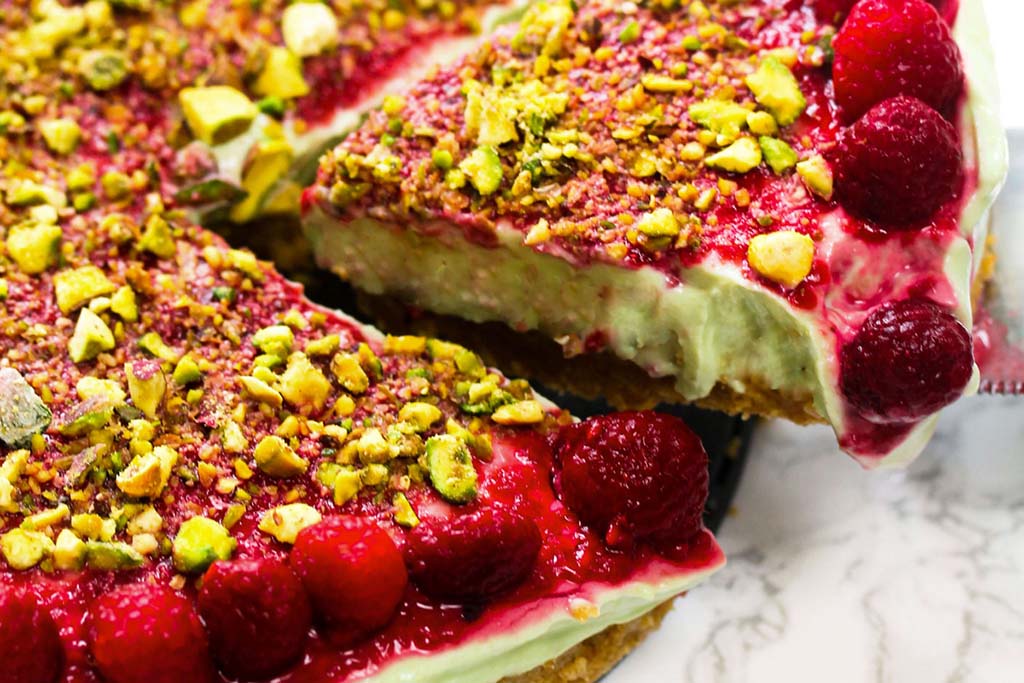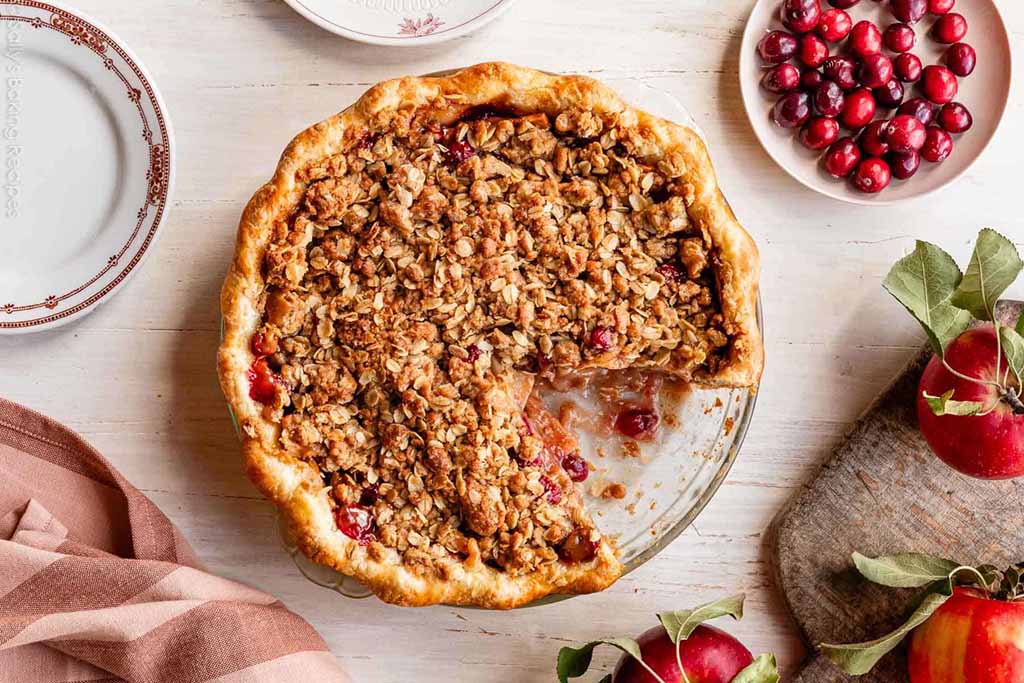1. Arrival in a City Where Sugar Has a Soul
Touching down in Montréal, I was greeted by an unmistakable mixture of old-world charm and contemporary energy. Cobblestone streets brushed shoulders with modern art murals. Stained glass cathedral windows refracted sunlight onto sleek cafes below. But what drew me here wasn’t history, architecture, or nightlife — though all are undeniably alluring. I came with a sweet mission in mind: to trace the dessert culture of this city, one decadent bite at a time.
What better way to understand a place than through its sweets? They’re the city’s subconscious — the notes passed in class, the side-stories whispered at the dinner table. I was after more than just sugar. I wanted to map Montréal through its dessert scene — a map where every forkful was a destination and every aroma an invitation.
2. First Stop: Pâtisserie Rhubarbe – The French Connection
Hidden in the Plateau Mont-Royal district, Pâtisserie Rhubarbe doesn’t flaunt its presence. You walk by without noticing, unless you catch the faint scent of caramelizing butter and fruit wafting from within. The interior felt like a mid-century French kitchen dressed for a magazine shoot — tiled floors, glass counters, the occasional vase of fresh peonies.
I ordered the rhubarb tart, naturally. Sharp, honest rhubarb folded into a buttery pâte sucrée, tempered by a light crème diplomate. It was the kind of dessert that doesn’t seduce you on the first bite. Instead, it tells you a story with every layer — the tang of rhubarb, the soft whisper of vanilla, the grainy anchor of crust. It stayed with me long after I walked back out into the cold Montréal morning.
3. Café Bazin: Where the Macaron Reigns Supreme
People who claim that macarons are overhyped have clearly not tasted the specimens at Café Bazin. This café is tucked into Westmount, one of those Montréal neighborhoods that makes you want to buy an old brownstone and take up oil painting. I took my seat beside a window and let my eyes roam the polished display. The macarons were jewel-toned — ruby, emerald, amber, each one filled with a cream that glistened like the inside of a geode.
I chose pistachio and raspberry. The shell cracked ever so slightly under pressure, revealing a fragrant, nutty interior. It was delicate, but not fragile — like someone who’s learned how to dance in heels on cobblestones. The raspberry macaron was a different creature: tart, jammy, and confident. I sipped a noisette as I worked through both, watching leaves tumble past the window like crêpe paper cutouts.

4. A Surprise in Mile End: Kouign-Amann at Hof Kelsten
The Mile End neighborhood is where Montréal lets its bohemian hair down. A mix of Hasidic bakeries, indie bookstores, and bagel shops, it feels like the kind of place where ideas are baked as often as bread. Hof Kelsten is a bakery that wears its reputation lightly. If you’re not looking for it, you’ll walk right by. Which is exactly what I did — twice.
Inside, it smelled of yeast, butter, and sugar. The trifecta. I ordered the kouign-amann. Pronounced “queen-a-mahn,” it’s a pastry of Breton origin — part croissant, part caramelized miracle. Each layer had a crunch that echoed through the café. The outside had crisped into a sweet crust, while the inside remained impossibly soft. A slow chew revealed notes of cultured butter, flaky salt, and caramelized sugar — like eating a love letter written by butter.
5. The Crème Brûlée at L’Express: A Ritual, Not a Dessert
L’Express is not a dessert place, strictly speaking. It’s a brasserie — the kind that seems plucked from Paris and dropped without warning onto rue Saint-Denis. It has that dim-lit intimacy that dares you to speak above a murmur. Waiters in white shirts and black ties move as if choreographed.
After a perfect steak frites (because one must maintain balance in life), I ordered the crème brûlée. The sound of the spoon cracking through the caramelized top was crisp and final — like breaking the seal on something sacred. The custard beneath was warm from the kitchen’s heat, vanilla-flecked and sensuous. There’s a reason why this dessert endures. It doesn’t scream for attention. It just waits to be chosen.
6. La Bête à Pain: Maple Dreams and Morning Light
I made my way to Laval to visit La Bête à Pain. The name, “The Bread Beast,” conjures images of hearty rustic loaves, and indeed, their bread deserves a treatise of its own. But I came for something else: their maple pudding chômeur.
Pouding chômeur, or “unemployed man’s pudding,” is a Québécois classic — created during the Great Depression, when pantry staples were stretched into comfort food. Here, it was elevated without losing humility. The sponge cake sat in a pool of maple syrup and cream that had caramelized during baking. It arrived warm, on a ceramic plate that held the heat just long enough.
The taste? Like Sunday afternoons spent in knit sweaters, or being wrapped in a blanket just out of the dryer. It was sweet, yes, but more than that — it was soulful. The kind of dessert that speaks softly but leaves echoes in your bones.
7. Ice Cream in January: Kem Coba
Only in Montréal do people line up in sub-zero temperatures for ice cream. I found myself among them, at Kem Coba in Mile End, holding my coat shut with one hand and a cone in the other. The flavor of the week: passionfruit-lime twist.
The first lick was electric. Sharp lime, almost acidic, was softened by the tropical sweetness of passionfruit. The texture was dense and creamy, closer to Italian gelato than American soft-serve. And the cone — handmade, crisp, not a mere delivery system but a participant in the experience. I stood on the sidewalk, steam rising from my breath, and grinned like someone who knew a secret.
8. Juliette & Chocolat: A Study in Decadence
Entering Juliette & Chocolat feels like stepping into a chocolate laboratory with candlelight. The walls are lined with cocoa artifacts — jars of nibs, chunks of couverture, little pots of ganache. I came in from a snowy evening, my scarf soaked, my fingers numbed, and ordered their molten chocolate cake.
What arrived was almost too rich for words. The spoon sank in slowly, revealing a core of molten Valrhona chocolate that oozed like lava. Every bite coated the tongue in bittersweet silk. Paired with a scoop of vanilla ice cream that melted into rivulets down the side, it was more than a dessert — it was an opera in chocolate.
Across the room, a couple clinked hot chocolate mugs together like wine glasses. It made perfect sense.
9. Rustique Pie Kitchen: A Slice of Time

Down in Saint-Henri, Rustique Pie Kitchen stands like a sentry of nostalgia. The display case is an altar of seasonal pies — apple cranberry, s’mores, bourbon pecan. I chose the sugar pie. Not out of curiosity, but reverence.
Sugar pie is a Québécois tradition — a simple mixture of cream, butter, and brown sugar baked into a flaky crust. At Rustique, the filling had just the right viscosity — not runny, not stiff — and the crust was sturdy enough to hold it all without crumbling. It tasted like grandmotherly wisdom rendered edible. Not flashy. Not complex. Just right.
10. Léché Desserts: Doughnuts With Philosophy
I found myself in Little Burgundy on a rainy morning, and the smell of deep-fried batter led me straight into Léché Desserts. These weren’t gas-station doughnuts. Each one was a miniature art installation. Lemon meringue, crème brûlée-filled, maple-bacon.
I chose the latter. The first bite gave me everything — smoke from the bacon, sweetness from the glaze, and the pillowy chew of a fresh doughnut. It was surprisingly balanced, even elegant. Not gimmicky, not trying too hard. Just a well-considered juxtaposition of texture and flavor.
11. Patrice Pâtissier: Where Precision Meets Joy
Chef Patrice Demers is a bit of a legend in Montréal, and his namesake shop in Little Italy is where pastry becomes performance. The open kitchen lets you watch as his team crafts each plate like a painter approaching canvas. I opted for a verrine — a layered dessert served in a glass — of lemon cream, crumble, and meringue.
Each layer was distinct. The lemon cream was tart but tempered. The crumble added warmth, like the background instruments in a jazz trio. The meringue was torched just enough, adding a smoky sweetness. With every spoonful, the composition changed slightly, like a dessert in motion.
12. Sweet Takeaways on Cobblestone Roads
Each dessert I encountered wasn’t just a treat — it was an encounter. A moment of Montréal’s character distilled into sugar and butter, fruit and flour. From historic brasseries to avant-garde patisseries, the city whispered its secrets through ganache, custard, and tart.
Every neighborhood offered something different: refinement in Westmount, rustic soul in Saint-Henri, bold creativity in Mile End. I walked, I tasted, I paused. I kept receipts and notes and the occasional powdered sugar smudge on my coat sleeve.
Montréal doesn’t just serve dessert. It sings it.
